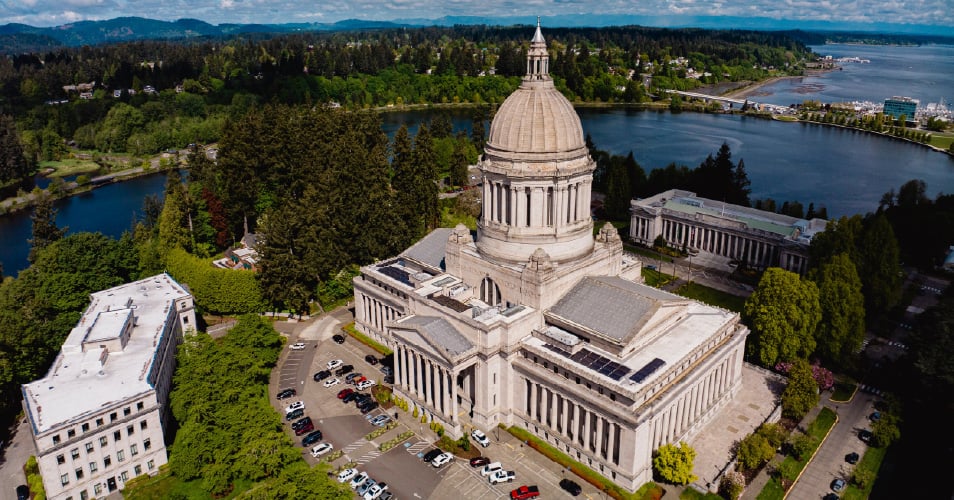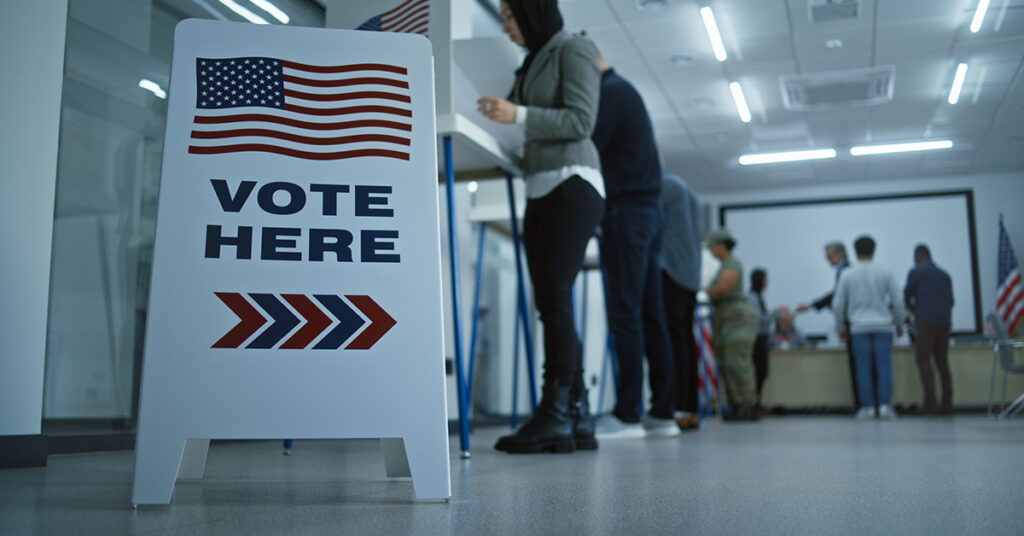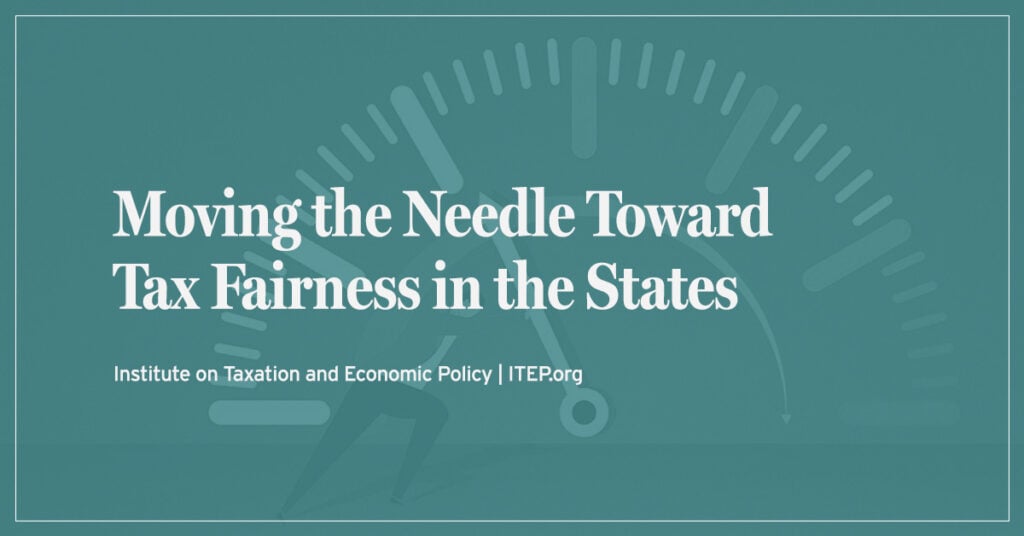Democratic lawmakers are beginning to roll out ideas for raising taxes in order to increase education funding. The state Supreme Court says substantial increases are required to meet the constitution-al imperative “to make ample provision” for public education. Many think $2 billion would be the appropriate down payment. There are no guarantees.
RICHARD S. DAVIS; Contributing Writer
Published: Dec. 12, 2012 at 12:05 a.m. PST
Democratic lawmakers are beginning to roll out ideas for raising taxes in order to increase education funding. The state Supreme Court says substantial increases are required to meet the constitution-al imperative “to make ample provision” for public education. Many think $2 billion would be the appropriate down payment. There are no guarantees.
It’s all speculation right now. Gov.-elect Jay Inslee says he doesn’t support a general tax increase. Gov. Chris Gregoire says there’s no way to fund education adequately without one.
Proposals include extending the life of temporary business and beer taxes scheduled to sunset next year, adopting a capital gains tax, increasing the sales tax, raising the state property tax while resetting local levies, and repealing tax incentives. With the supermajority requirement in place, the Legislature won’t be able to raise taxes without voter approval. Even if the court strikes down the supermajority, the conservative tilt in the state Senate makes major tax hikes a heavy lift.
That makes it more likely that lawmakers will again pan for treasure in the stream of business tax breaks and loopholes. As legislators and governors before them have discovered, the search yields mostly fool’s gold. Washington simply has few unjustified tax preferences. Much of what looks like a subsidy in our state’s tax code can be more properly understood as correctives to problems created by our tax structure, like avoiding double taxation or maintaining interstate and global competitiveness.
Still, the prospectors’ appetites may have been whetted by a recent New York Times investigative series, “The United States of Subsidies.” The paper zeroed in on communities that wagered heavily on incentives to manufacturing firms – GM figured prominently – that subsequently bailed on them. Good outcomes are hard to find, though there was some dark satisfaction in learning that corporate bashers like Oliver Stone and Michael Moore gobble up film subsidies like robber barons at a taxpayer-funded all-you-can-eat buffet.
It’s right to question the enormous sums directed to favored firms, from GM to Solyndra (not mentioned by the Times), that benefit disproportionately from taxpayer subsidies, free land and cash grants. But it’s critical that policymakers not assume all tax breaks are unjustified giveaways. And here’s where it gets a little complicated.
The Times follows the usual pattern of lumping a variety of different tax treatments together and labeling them incentives. Some are. They’re so carefully structured that only the targeted business can take advantage of them.
But other exemptions and credits simply correct distortions in the tax structure. The most common examples of these are sales tax exemptions for purchases of intermediate goods and services incorporated into the final product. Good tax policy would impose the sales tax on such business inputs only once, when the product is sold to the consumer.
Like most states, Washington provides a sales tax exemption for manufacturing machinery and equipment purchases. This is not a controversial position. Even the liberal Institute on Taxation and Economic Policy (ITEP) says “the exemption from the sales tax of most purchases made by businesses is actually good policy.”
Similar exemptions for research and development also reflect mainstream economic thinking. In an important new book, “The New Geography of Jobs,” economist Enrico Moretti examines successful innovation centers, including Seattle.
He notes a market failure. “The return on (R&D) investments cannot be fully captured by those who pay for it,” he writes. It’s therefore necessary for “government to step in and compensate those who invest in R&D for the external benefits that they generate.” That’s why the United States and most industrialized nations provide R&D tax breaks.
What’s true at the national level is also true among the states. Washington’s tax incentives for R&D took effect in 1995 and are scheduled to sunset in 2015. They are relatively limited – $114 million in taxpayer savings for the 2013-15 biennium – but, as Moretti says, the incentives promote economic efficiency.
Legislators will scour the tax code looking for exemptions to repeal. They may even find a few. Increasing business costs will not, however, return the state to the pattern of sustained economic growth necessary to provide stable funding for education and other services. The 2013 Legislature should learn from the past and skip the rush for fool’s gold.
Bainbridge Island resident Richard S. Davis is president of the Washington Research Council. Email him at [email protected].





